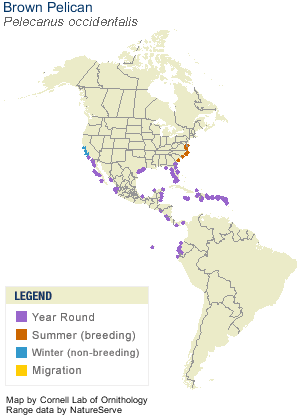
7 Days Until Tom Comes Homes!!!!!
One Short Week!!!!
Today we headed to the power plant to see the manatees.
Big Bend Power Station is a major coal-fired power plant, located near our rv resort. The scrubber for Unit 4 began operation in 1984, and since 1995, has simultaneously scrubbed Unit 3 as well. The scrubber for Units 1 and 2 began operation at the end of 1999. According to TECO Energy, the scrubber system removes 95% of sulfur dioxide from all four units.

The plume of warm water that comes out the south side of the plant hovers around 80 degrees where it's released, and the stream of heated water. During the winter when the water becomes cooler this warm water attracts manatees, and fish, some very big fish.
 There are four of these plumes on this side to the power plant. I do not know if water was coming out of all, but I saw water coming out of two of them.
There are four of these plumes on this side to the power plant. I do not know if water was coming out of all, but I saw water coming out of two of them.
During the winter months, warm-water outfalls from the station draw dozens of West Indian manatees, an endangered species, to the immediate vicinity of the plant. In 1986, TECO set aside a manatee viewing area which is accessible to the public.
 It was so pretty and there was a recording telling you all about the plants and animals along our trip. It was a cold and windy day today, but here we were nicely protected until we made it to the walk way on the water. Then it became cold and windy again.
It was so pretty and there was a recording telling you all about the plants and animals along our trip. It was a cold and windy day today, but here we were nicely protected until we made it to the walk way on the water. Then it became cold and windy again.
Last year when we came here there we so many more manatees than this time. The waters in the Gulf and Atlantic must be still warm.

Manatees only breathe through their nostrils, since while they are underwater their mouths are occupied with eating! A manatee's lungs are 2/3 the length of its body.


























































